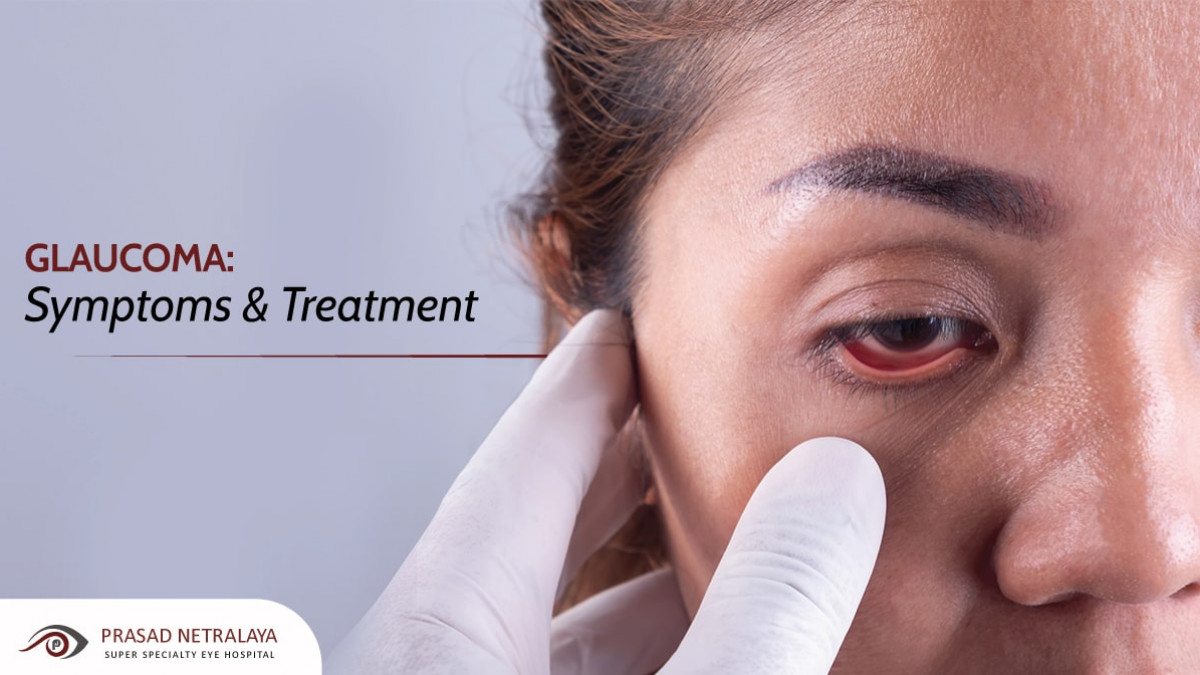Understanding the Various Vision Improvement Procedures Available for Clearer Sight
In the realm of vision adjustment treatments, a wide range of options exist to attend to refractive errors and supply individuals with more clear sight. Let's explore the complexities of these procedures and shed light on the path to attaining enhanced vision quality.
LASIK Surgery
LASIK surgical treatment is an usual refractive treatment used to correct vision issues such as farsightedness, astigmatism, and nearsightedness. This surgical technique, which stands for Laser-Assisted in Situ Keratomileusis, aims to reshape the cornea to enhance just how light is focused on the retina, inevitably boosting vision quality.
One of the main advantages of LASIK surgical treatment is the fast renovation in vision experienced by people. Several people see a significant improvement in their vision instantly after the procedure. Additionally, many individuals report very little pain and pain during the surgery and recovery period. The recuperation time for LASIK is reasonably fast, with lots of people going back to their day-to-day tasks within a day or 2 post-operation. On the whole, LASIK surgery is a preferred option for individuals seeking a long-lasting solution for their vision troubles.
PRK Treatment
While likewise a common refractive treatment, the PRK (Photorefractive Keratectomy) technique differs from LASIK surgery in its method to fixing vision problems. In PRK, as opposed to producing a flap on the cornea, the external layer of the cornea, called the epithelium, is totally removed. This allows the laser to reshape the cornea to correct refractive errors such as nearsightedness, farsightedness, and astigmatism straight on the surface.

Despite the longer recovery time, PRK can produce excellent outcomes in vision renovation, making it an important option for those that might not appropriate candidates for LASIK surgical treatment.
Implantable Lenses
As opposed to PRK where the cornea is improved straight, implantable lenses use an additional approach for correcting vision by putting fabricated lenses inside the eye. This treatment is particularly valuable for individuals with high levels of nearsightedness, farsightedness, or astigmatism who might not be suitable prospects for laser surgical treatments like LASIK or PRK.
Implantable lenses, also understood as phakic intraocular lenses, work by supplementing the eye's all-natural lens with a man-made one. refractive surgeries in al. These lenses can be positioned before the all-natural lens (anterior chamber) or behind the iris and before the natural lens (posterior chamber) By changing the power and positioning of these lenses, eye doctors can effectively correct refractive errors and improve aesthetic skill
One benefit of implantable lenses is that they are removable and exchangeable, offering flexibility for site future adjustments. As with any kind of medical procedure, there are risks involved, such as infection or cataract development. Individuals considering implantable lenses should speak with an eye care expert to figure out one of the most ideal choice based on their individual requirements and eye health and wellness.
Corneal Rings
Corneal rings, additionally called intracorneal ring segments, are small, clear gadgets placed right into the cornea to remedy vision distortions such as keratoconus. Keratoconus is a condition where the cornea thins and bulges outside, causing vision to end up being altered. The insertion of corneal rings aids to squash the cornea, improving visual acuity and decreasing the uneven astigmatism brought on by keratoconus.
The treatment for inserting corneal rings is minimally invasive and reasonably quick, often executed as an outpatient treatment. Throughout the surgical treatment, the ophthalmologist makes a little laceration in the cornea and inserts Full Article the rings at a specific depth. When in area, the rings aid to reshape the cornea, offering a smoother surface area for light to get in the eye, which can cause clearer vision.
Corneal rings are considered a relatively easy to fix treatment, as they can be removed or changed if necessary. refractive surgeries in al. While they may not entirely get rid of the requirement for glasses or call lenses, corneal rings can significantly improve vision high quality and total visual convenience for people with keratoconus or various other corneal irregularities
Refractive Lens Exchange
Following the modification of corneal irregularities with procedures like corneal rings, another vision correction technique that can resolve refractive mistakes is Refractive Lens Exchange (RLE) RLE is an operation that entails replacing the eye's all-natural lens with a synthetic intraocular lens other (IOL) to remedy refractive errors such as farsightedness, presbyopia, and nearsightedness. This treatment is especially valuable for people that may not be appropriate candidates for procedures like LASIK or PRK as a result of elements such as thin corneas or high refractive mistakes.

Final Thought
In final thought, there are various vision improvement procedures available to aid people attain more clear sight. LASIK surgery, PRK treatment, implantable lenses, corneal rings, and refractive lens exchange are all alternatives that can attend to different vision problems.
In the realm of vision improvement treatments, a plethora of options exist to deal with refractive errors and supply people with more clear view.LASIK surgical procedure is a typical refractive procedure used to correct vision troubles such as farsightedness, astigmatism, and nearsightedness.While also a common refractive treatment, the PRK (Photorefractive Keratectomy) method varies from LASIK surgery in its strategy to fixing vision troubles.Complying with the improvement of corneal irregularities with procedures like corneal rings, an additional vision correction strategy that can deal with refractive mistakes is Refractive Lens Exchange (RLE) LASIK surgery, PRK treatment, implantable lenses, corneal rings, and refractive lens exchange are all alternatives that can address various vision concerns.